Commercial Components
We stand by our products. The components we select are well established, reputable and backed-up by long-term warranties.
Panels & Inverters
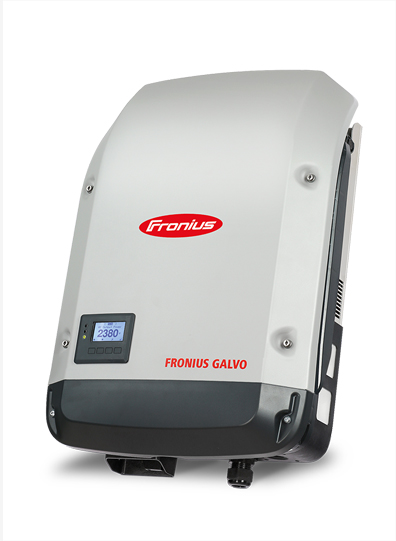
Fronius
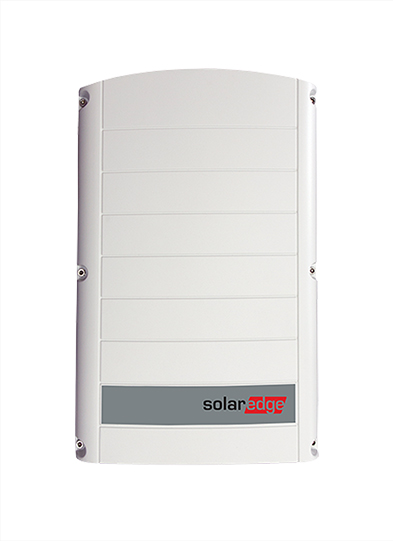
Solar Edge

Sungrow
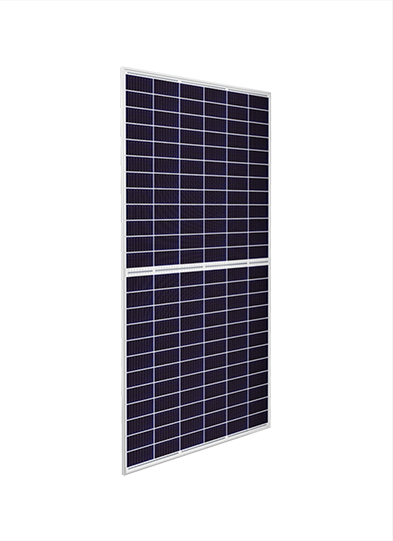
Canadian Solar
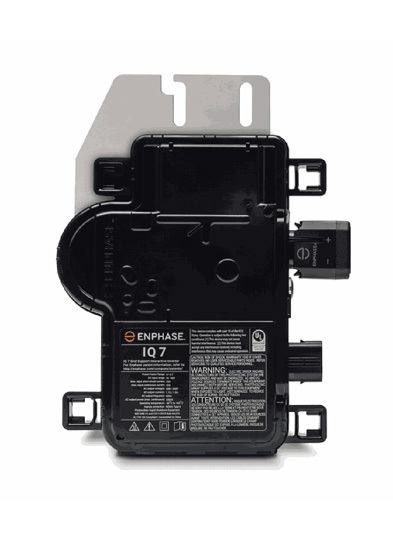
Enphase
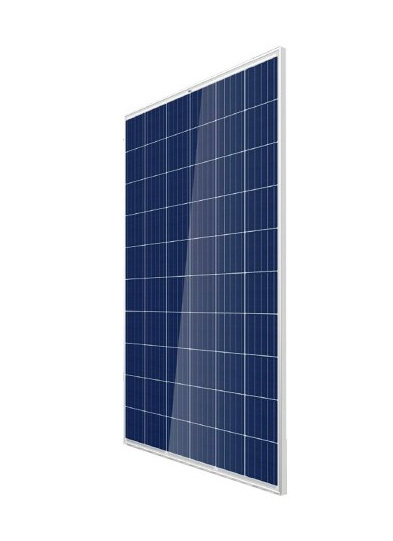
Trina

Jinko
Optimisation
A central string inverter system can only perform as well as its lowest performing panel. If an obstruction such as shade or a pile of leaves hinders a panel’s performance, every other panel within that string operates at the same diminished capacity. An analogy commonly used is water flowing in a kinked hose.
To overcome this optimisers can be used. With optimisers only the individual panel is affected while others keep performing to their fullest.
The two most common forms of optimisation are DC optimisers (Solar Edge & Tigo) and micro-inverters (Enphase).

DC optimisers
DC optimisers allow individual panel optimisation and have the added benefits of individual panel monitoring, rapid shutdown of panels in case of an emergency and slightly more energy generation over the system’s lifetime.
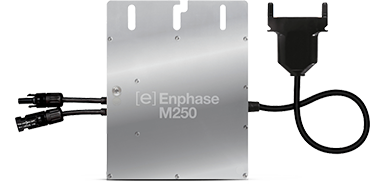
Micro inverters
Micro inverters incorporate all the functions of a string inverter and miniaturise it to solar panel level. Each solar panel has its own integrated optimizer and inverter attached at each panel. This also provides individual panel monitoring, slightly more generation etc. However, the main advantage of micro-inverters over optimisers is that the DC-AC conversion takes place on the panel. Therefore, the low-voltage DC never exceeds 60V versus up to 1000v on a commercial string inverter system. This limits potential hazards such as arc-faulting and fire commonly associated with high-voltage string inverters.
Batteries
(Grid Connected Hybrid Systems)
A commercial hybrid solar system is a grid connected solar system with battery storage. If your business uses a high amount of energy outside of peak daylight hours, a solar hybrid system will enable you to used stored renewable energy or energy banked at an off-peak tariff after the sun has gone down.
The Tesla Powerpack also provides a host of benefits that offer commercial and industrial customers greater control, efficiency and reliability of their energy supply.
Peak shaving: Discharge at times of peak demand to avoid or reduce electricity charges.
Load Shifting: Shift energy consumption to avoid paying a high energy tariff.
Emergency backup: Provide immediate backup power to your business in the event of a grid interruption.
Monitoring
A system that monitors both solar generation and electricity consumption is crucial for your solar PV system. Without it, you won’t have the information required to ensure your system’s efficiency and minimise your post-solar bills. A good monitoring system will measure your energy consumption, solar electricity production, grid exports, grid imports, and battery charge and discharge power (if applicable).
It provides an immediate warning of a system shutdown or a subtle drop in system performance. Some 3rd party monitoring systems even use algorithms to compare what your system should be producing versus the actual generation.
Without a monitoring system, you may only be alerted to a fault with an unexpectedly high quarterly bill, potentially up to 3 months after the fault has occurred.
Looking at the data provides you with the information required to get the maximum value from your solar system, by shifting your energy consumption to within your solar profile.
When designing your system, we will discuss the various monitoring options and recommend a system to suit your installation. This could be specifying an inverter with monitoring options or a 3rd party supplier. By making this small investment you can manage your energy use and be alerted of any system faults or sub-optimal performance.

